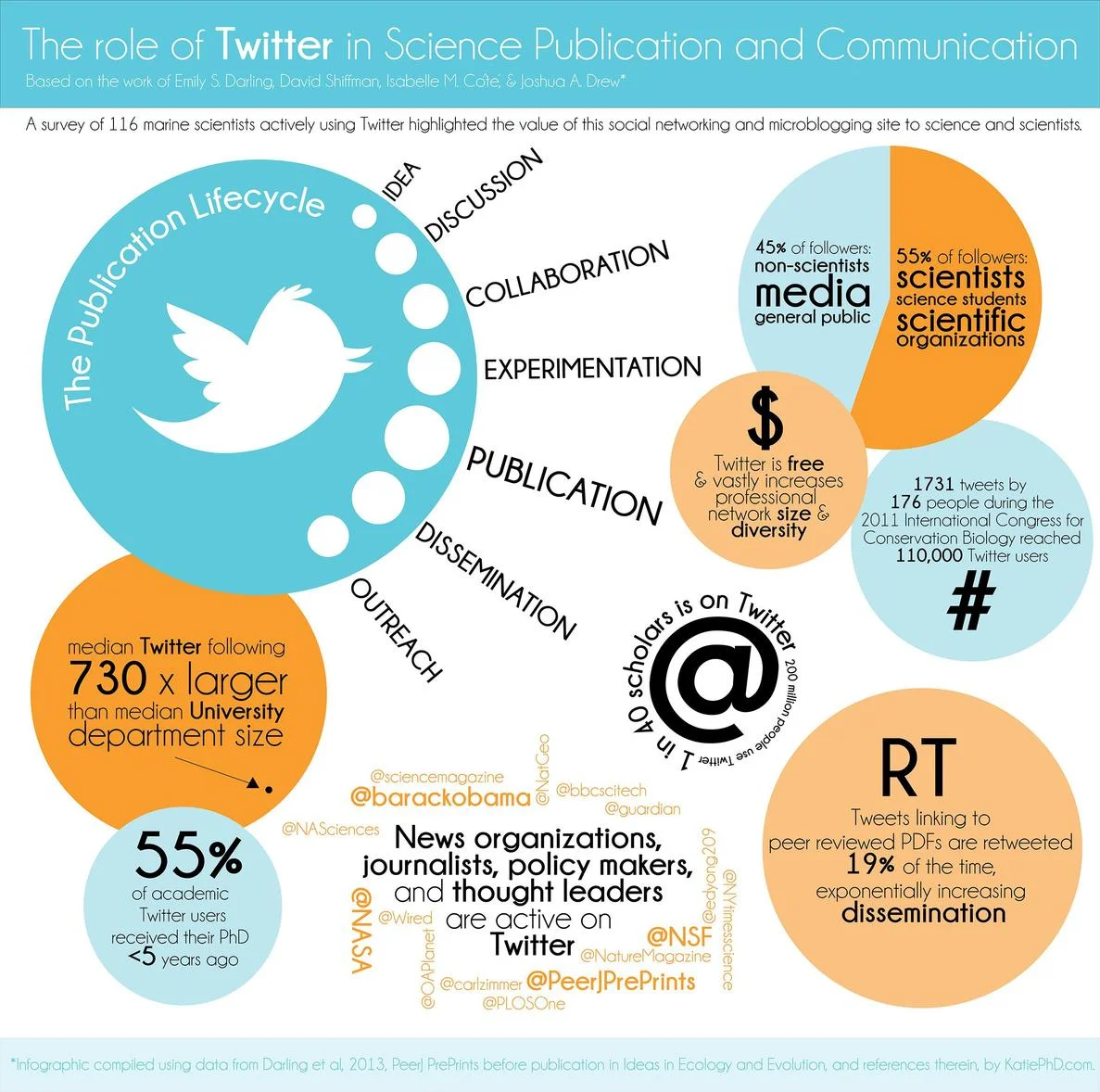The latest issue of Practical Matters journal is live, and I have an article in it!
You can find the article HERE.
Abstract: The purpose and goal of the liturgy and of those participating in it is making space. Space for welcome, for hospitality, for movement, for freedom, for lament, for exultation. Space for absence, certainly; space for presence, perhaps. Without the presence of the people, the presence of elements, expectantly returning to the self-defeating, being-toward-death archive of the liturgy, we cannot experience the Real-beyond-presence we may encounter in Christ there. What I am proposing is that there is a deep interweaving of dependencies at work in the Eucharistic liturgy and the possibility of Real-beyond-presence therein: the text of liturgy, a model of the archive, is necessary as the holding place for forgetting in order to enact the anamnesis—remembrance that requires forgetting. The remembrance requires an absence, an opening, a khora. And it is in this absence, seen in the broken bread and the poured out cup, that we may, perhaps, encounter a Real-beyond-presence.
And definitely check out the Table of Contents--there are a lot of great pieces in this issue related to worship and liturgy. I'm honored to be a part of it.



